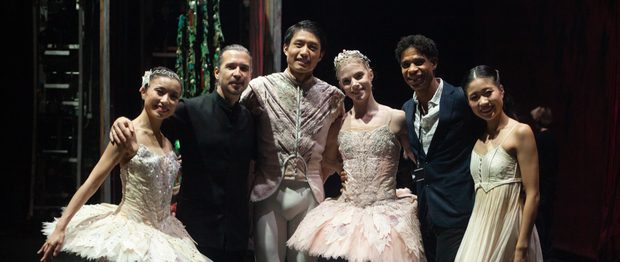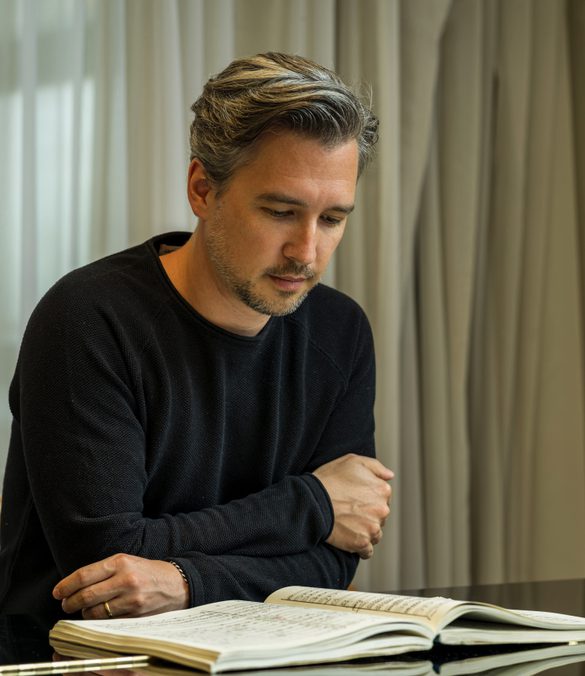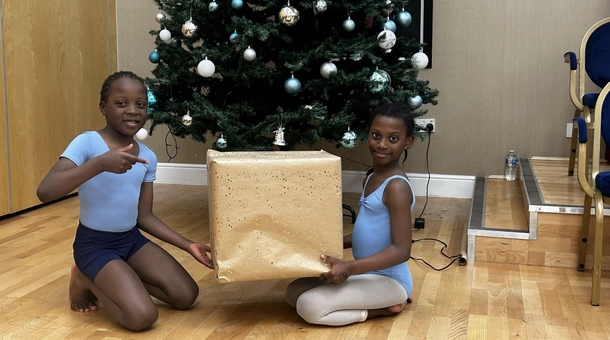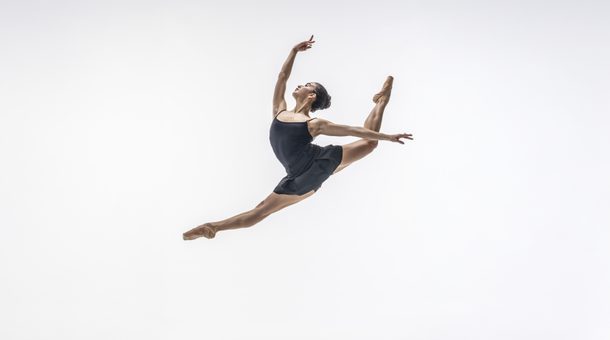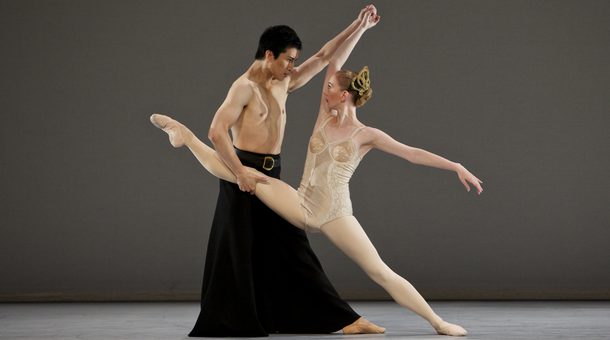News Story
Conductor Thomas Jung talks to us about the magic and origins of Tchaikovsky's festive score in the run up to our seasonal sell-out, The Nutcracker.
Thomas was our inaugural Constant Lambert Conducting Fellow, working with both Birmingham Royal Ballet and The Royal Ballet in London.
A Christmas favourite
Without a doubt, The Nutcracker is one of my favourite ballet scores. We hear both Tchaikovsky's unending gift for melody and his skill as an orchestrator, with his incredible ability to create magical tones, colours, and variations throughout the orchestra.
For me, the first act in particular is like that of a symphonic poem, telling a story purely through the music. At the beginning, before anything even happens on stage, we are drawn into the fairytale with Tchaikovsky's Miniature Overture, which evokes the delicate image of a character in a music box.
How a German Christmas Sparked Tchaikovsky’s Vision for The Nutcracker
When I prepared to conduct The Nutcracker for the first time, I came across the diary of Anna Brodsky, who recorded the origin of Tchaikovsky's inspiration for the piece.
In 1887, the composer had been invited by the Leipzig Gewandhaus Society to come and conduct some of his pieces. The violinist Adolph Brodsky, who had premiered Tchaikovsky's (declared 'unplayable') violin concerto, became a close friend, and Tchaikovsky was invited by Brodsky and his family to stay at their home in Leipzig over Christmas and New Year.
In her diary Anna Brodsky wrote that on Christmas Eve her husband collected Tchaikovsky from the train station and they came back home in a sleigh. The family were decorating the Christmas tree as they wanted it to be shining brightly for when Tchaikovsky arrived.
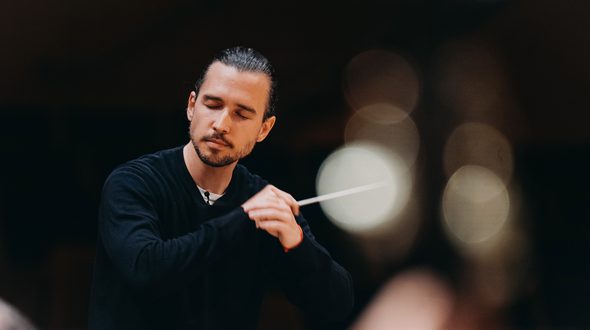
Thomas Jung
Building on his appointment in 2018 as our inaugural Constant Lambert Conducting Fellow, Thomas was appointed Principal Guest Conductor in 2025.
Image gallery
A gallery slider
A gallery carousel of 9 items
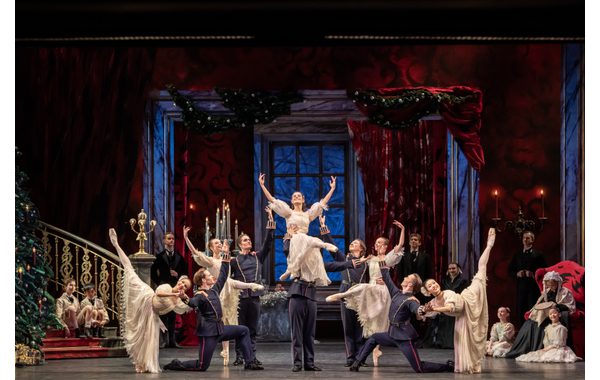
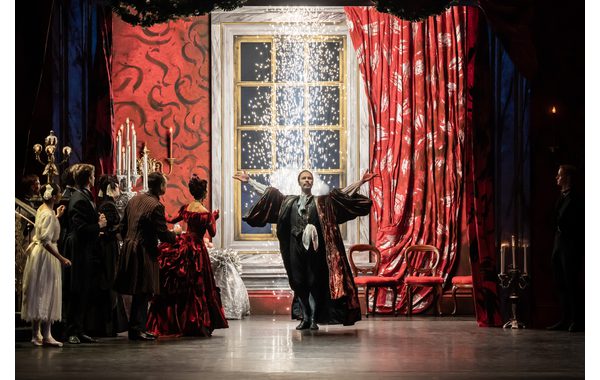

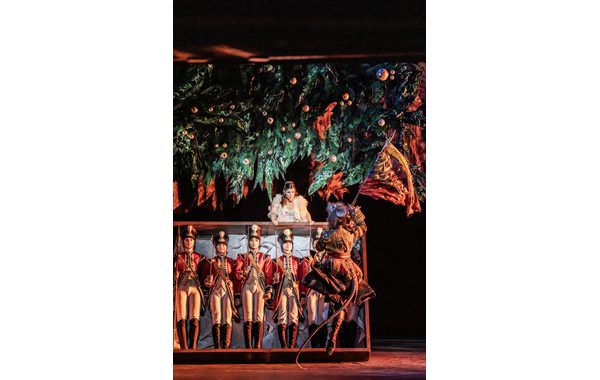

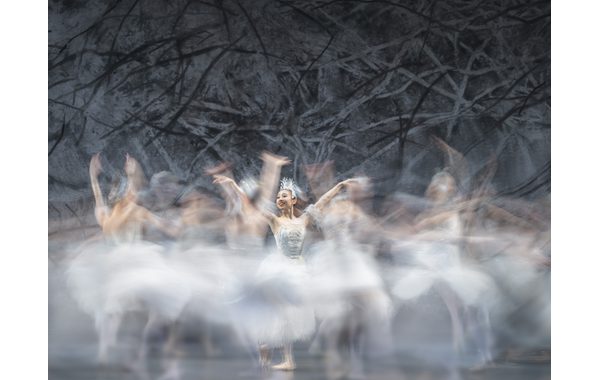
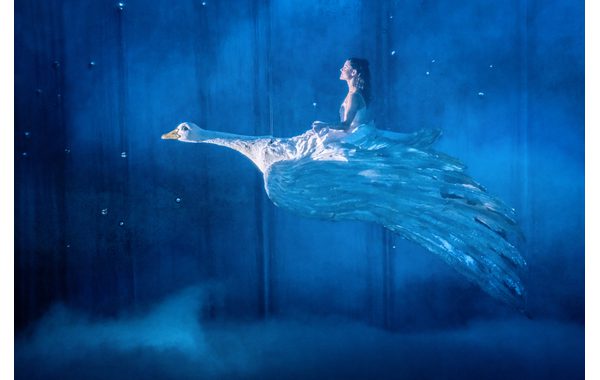


On New Year's Eve, the composers Edvard Grieg and Johannes Brahms were also invited:
'It was more like a children's party than a gathering of great composers. My husband had this feeling so strongly that, when dinner was over and our guests still remained around the table smoking cigars and drinking coffee, he brought a conjurer's chest - a Christmas present to my little nephew - and began to perform tricks. All of our guests were amused, and Brahms especially, who demanded from A.B [Adolph Brodsky] the explanation of each trick as soon as it was performed.'
That was when Tchaikovsky experienced his first German Christmas, and he started to work on his score for The Nutcracker soon afterwards. The first performance of the ballet was held as a double premiere together with Tchaikovsky's last opera, Iolanta, in December 1892, at the Imperial Mariinsky Theatre in Saint Petersburg, Russia.
Bringing Christmas to the stage
So what we hear in the score and what we see on stage in Sir Peter Wright's production describes that event beautifully. I think Tchaikovsky literally captured in his music what he experienced in Leipzig that very year.
Christmas, especially Christmas Eve, is a big occasion in Germany. There's much mystery in the air, and the children become very excited. You can read about it in ETA Hoffman's fairytale Nussknacker und Mausekonig written in 1816. I think you have to see this whole ballet through the eyes of your inner child - it's all about Christmas magic. Not to mention that having a Nutcracker is a famous German tradition, as it brings you good luck for the year to come.
